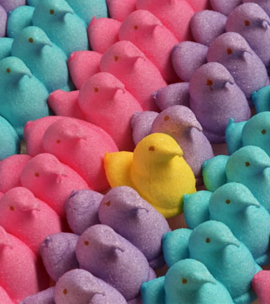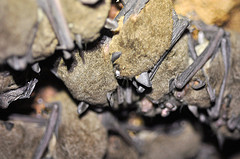 An Alabama cave that contains contains the largest documented wintering colony of federally listed endangered gray bats — about a million of them — has been struck by white nose syndrome (WNS), the US Fish and Wildlife Service reported yesterday. The good news is that WNS is not known to cause death in gray bats.
An Alabama cave that contains contains the largest documented wintering colony of federally listed endangered gray bats — about a million of them — has been struck by white nose syndrome (WNS), the US Fish and Wildlife Service reported yesterday. The good news is that WNS is not known to cause death in gray bats.
The infected bats found in the cave were tri-colored bats (aka eastern pipestrelles).
“With over a million hibernating gray bats, Fern Cave is undoubtedly the single most significant hibernaculum for the species,” said Paul McKenzie, Endangered Species Coordinator for the Service in the press release. “Although mass mortality of gray bats has not yet been confirmed from any WNS infected caves in which the species hibernates, the documentation of the disease from Fern Cave is extremely alarming and could be catastrophic. The discovery of WNS on a national wildlife refuge only highlights the continued need for coordination and collaboration with partners in addressing this devastating disease.”
Read the entire release, which has lots of details about the cave and how the infection was found, here.
In Canada, Environment Canada has committed to an additional $330,000 over four years for national coordination, surveillance and response to WNS. The US has had a national WNS coordinator (Jeremy Coleman, USFWS) for five years. The Canadian funds will go to the Canadian Cooperative Wildlife Health Centre.
“Canadian biologists and managers have done an incredible job responding to the threat of this disease with the resources they have,” said Katie Gillies, Imperiled Species Coordinator at Bat Conservation International in a letter to that organization’s members. “But hiring a formal WNS coordinator will certainly streamline those efforts and maximize their impact on this tragic disease. This is a very important step.
Read the Environment Canada press release here and here.
Photo: Gray bats, courtesy USFWS

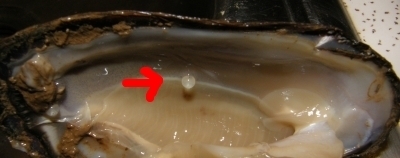 If you work with freshwater mussels, you know that their larval form, known as glochidia, often must live as a parasite in a suitable species of fish to survive. Georgia Department of Natural Resources (DNR) and University of Georgia scientists have discovered that that relationship may work the other way as well: in 2009 DNR zoologist Jason Wisniewski found a developing shad egg inside the shell of a freshwater mussels.
If you work with freshwater mussels, you know that their larval form, known as glochidia, often must live as a parasite in a suitable species of fish to survive. Georgia Department of Natural Resources (DNR) and University of Georgia scientists have discovered that that relationship may work the other way as well: in 2009 DNR zoologist Jason Wisniewski found a developing shad egg inside the shell of a freshwater mussels.
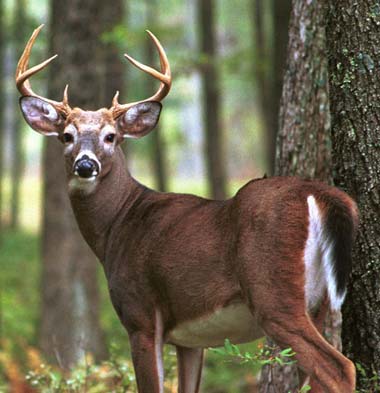 Three hunter-killed, wild deer were found to have chronic wasting disease (CWD) the Pennsylvania Game Commission announced in March. The disease had first been discovered in the state last October, but it was only found in a single captive deer.
Three hunter-killed, wild deer were found to have chronic wasting disease (CWD) the Pennsylvania Game Commission announced in March. The disease had first been discovered in the state last October, but it was only found in a single captive deer.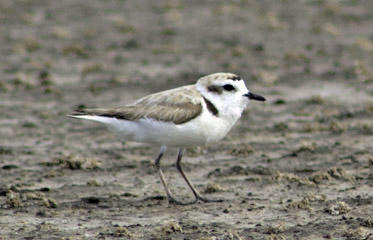 The Kansas Department of Wildlife, Parks and Tourism (KDWPT) has begun a review of threatened, endangered, or species-in-need-of-conservation (SINC) species,
The Kansas Department of Wildlife, Parks and Tourism (KDWPT) has begun a review of threatened, endangered, or species-in-need-of-conservation (SINC) species,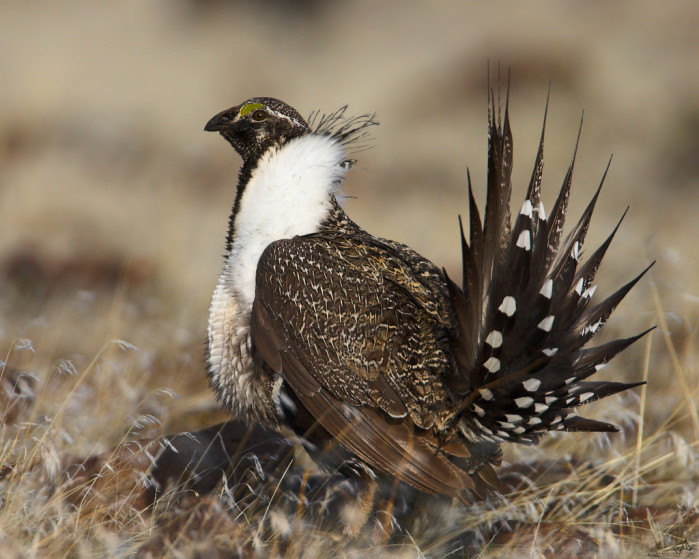 A US Fish and Wildlife Service report says that sage grouse are threatened by the loss and fragmentation of their sagebrush habitat. The habitat is being lost most commonly to wildfires which burn hotter because of invasive species. Ironically, another cause of habitat loss in the invasion of conifers into the sagebrush ecosystem, which is caused when fires don’t occur frequently enough.
A US Fish and Wildlife Service report says that sage grouse are threatened by the loss and fragmentation of their sagebrush habitat. The habitat is being lost most commonly to wildfires which burn hotter because of invasive species. Ironically, another cause of habitat loss in the invasion of conifers into the sagebrush ecosystem, which is caused when fires don’t occur frequently enough.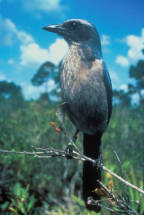 Last year the US Fish and Wildlife Service quietly handed over the responsibility for issuing incidental take permits for species listed under the federal Endangered Species Act to the Florida Fish and Wildlife Conservation Commission, according to
Last year the US Fish and Wildlife Service quietly handed over the responsibility for issuing incidental take permits for species listed under the federal Endangered Species Act to the Florida Fish and Wildlife Conservation Commission, according to 